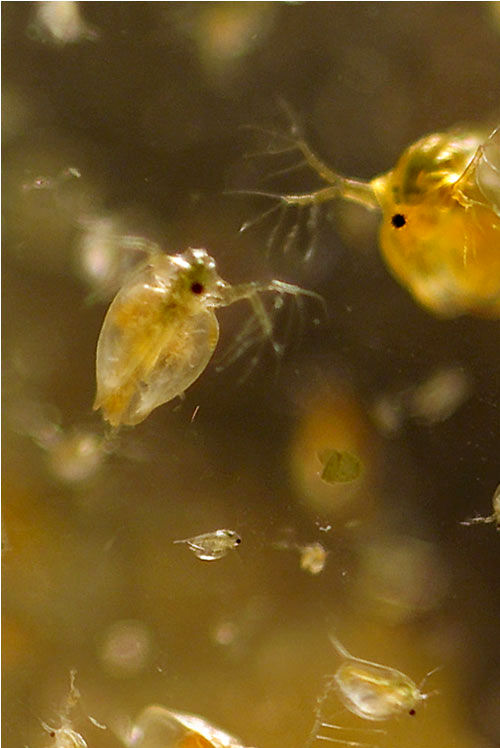Today, nanomaterials are already used in many household goods of daily life such as sports goods, clothing, tires, sun creams, cosmetics and electronic products. Due to this increasing use of products based on nanostructures an increased entry of nanoparticles into the environment can occur.
A risk assessment of nanomaterials therefore requires the consideration of the entire life cycle of the product or substance (Life Cycle Assessment). Thus, the IKTS performs studies on the behavior of nanoparticles in environmentally relevant fluids. Of particular interest are the agglomeration and stability properties of the nanoparticles and the resulting interactions with aquatic typical substances such as humic acids.
Another core theme represents investigations in media which are used in ecotoxicity testing. In these fluids, the potential acute and chronic toxicity of substances to specific model organisms such as algae, water fleas and fish embryos is determined by biologically working partner institutions. As the present approach based on the use of dissolved chemicals, an adaptation of nanoparticulate materials is required. There have been and are developed new methods and procedures in the IKTS to ensure a logical and reproducible assessment of nanomaterials in terms of possible toxicity.
Services offered
- Powder characterization (specific surface area, porosity, electron microscopic analysis, crystal structure, density)
- Preparation of stable nanoparticle suspensions as exposition model for ecotoxicological investigations
- Characterization of the particle’s behavior in environmentally relevant fluids
- Development of regulations for carrying out ecotoxicity tests
- Ecotoxicological assessment in cooperation with biologically working institutions
Technical equipment
- BET, Hg porosimetry, He-pyknometry
- Particle size measurement (dynamic and static light scattering; analytical centrifugation)
- Stability assessment (Turbiscan, LUMiSizer)
- Determination of the zeta potential (microelectrophoresis, streaming potential)
- Centrifugation and filtration as sample preparation for ICP-OES measurements
Publications
Evaluating the cytotoxicity of palladium/magnetite nano-catalysts intended for wastewater treatment.
Hildebrand H, Kühnel D, Potthoff A, Mackenzie K, Springer A, Schirmer K. 2010.
Environ. Pollut. 158, 65-73.
Agglomeration of tungsten carbide nanoparticles in exposure medium does not prevent uptake and toxicity toward a rainbow trout gill cell line.
Kühnel D, Busch W, Meißner T, Springer A, Potthoff A, Richter V, Gelinsky M, Schirmer K. 2009.
Aquat Toxicol 93, 91-99.
